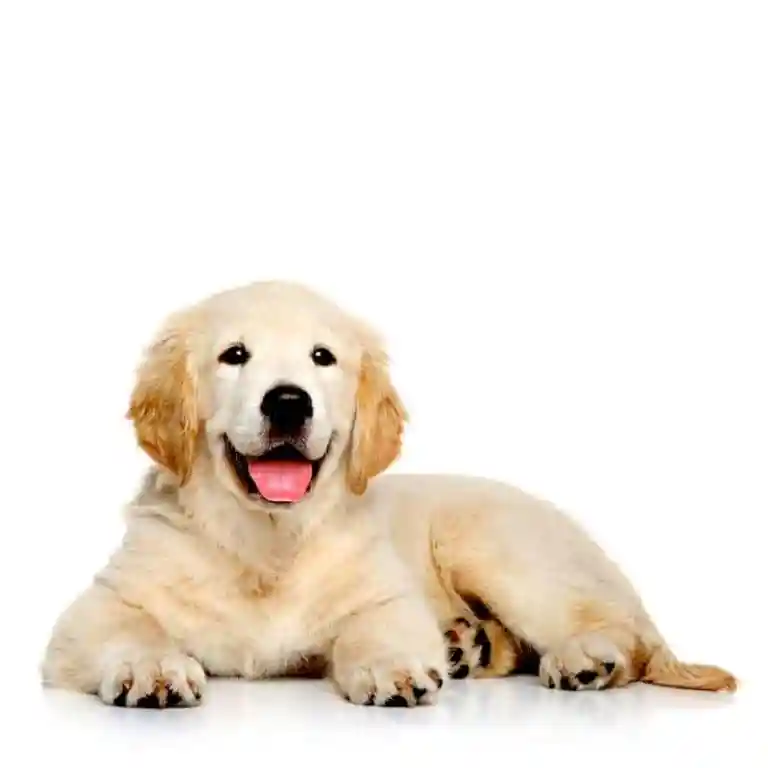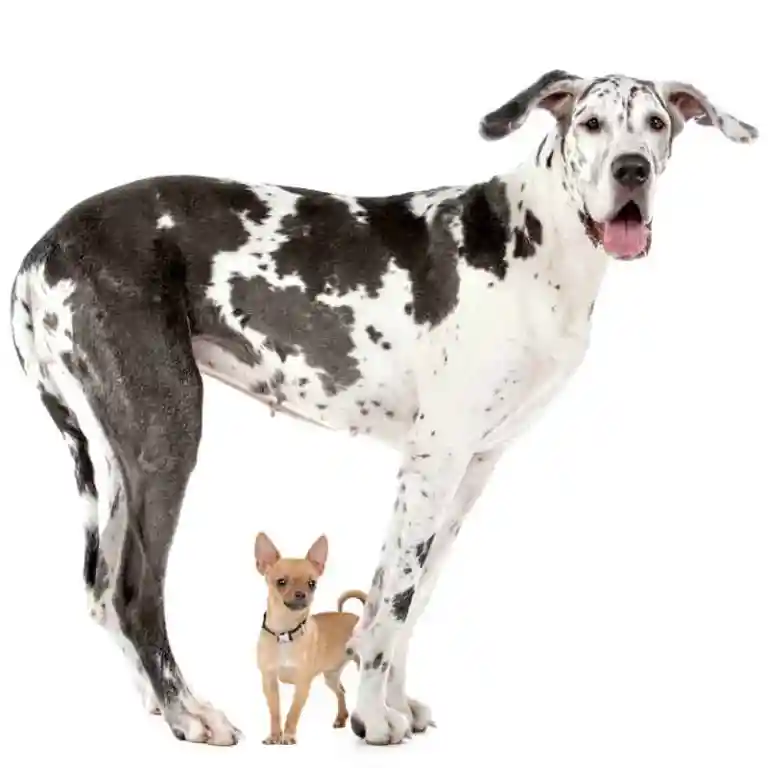Canine elbow dysplasia (ED) is a disease of the elbows of dogs caused by growth disturbances in the elbow joint. There are a number of theories as to the exact cause of the disease that include defects in cartilage growth, trauma, genetics, exercise, diet and so on. It is likely that a combination of these factors leads to a mismatch of growth between the two bones in the fore leg located between the elbow and the wrist (radius and ulna). If the radius grows more slowly than the ulna it becomes shorter leading to increased pressure on the medial coronoid process of the ulna (Figure 1). This in turn can cause damage to the cartilage in joint and even fracture of the tip of the coronoid process, which damages the medial compartment (side closest to the body) of the joint. Less commonly, if the ulna grows too slowly then the radius pushes the upper arm bone (humerus) against the anconeal process, which can then lead to failure of the anconeal process to attach to the ulna at maturity. It is believed that the mismatch in growth between the radius and ulna may sometimes only occur during a puppy’s growth, but it may also persist when the pup has finished growing.
hese abnormalities, known as ‘primary lesions’, give rise to osteoarthritic processes. Elbow dysplasia is a common condition of certain breeds of dogs.Most primary lesions are related to osteochondrosis, which is a disease of the joint cartilage and specifically Osteochondritis dissecans (OCD or OD), the separation of a flap of cartilage on the joint surface. Other common causes of elbow dysplasia included ununited anconeal process (UAP) and fragmented or ununited medial coronoid process (FCP or FMCP).

Darryl L. Millis, MS, DVM, DACVS, DACVSMR, CCRP
Professor of Orthopedic Surgery & Director of Surgical Service
Robin Downing, DVM, MS, DAAPM, DACVSMR, CVPP, CCRP
Diplomate of the American Academy of Pain Management, is a a founder and past-president of the International Veterinary Academy of Pain Management.
Janet B. Van Dyke, DVM
Diplomate American College of Veterinary Sports Medicine and Rehabilitation, CCRT, CEO
Ludovica Dragone, DVM, CCRP
Vice President of VEPRA, Veterinary European of Physical Therapy and Rehabilitation Association.
Andrea L. Henderson, DVM, CCRT, CCRP
Resident, Canine Sports Medicine and Rehabilitation
Steven M.Fox, MS, DVM, MBA, PhD
President Securos. Inc

Treatment depends on the severity of the disease in the elbow. In many cases surgery is recommended, but your veterinarian may recommend medical management if the problem is very mild or so severe that the joint is not likely to benefit from routine surgery. Treatment can be divided into the correction of a joint step between the radius and ulna if present, and treatment of any other joint damage. Often surgery is best performed arthroscopically, but conventional open surgery can also be done. Depending on the individual dog’s elbow problem surgery may involve:

| Timeline | Physiotherapy Aims | Rehabilitation Therapy options |
|---|---|---|
| Week 0 to 2 | Reduce swelling and pain |
|
| Reduce muscular guarding and maintain soft tissue flexibility |
| |
| Allow limb loading as able |
| |
| Week 2 to 4 | Progress limb loading and gait re education |
|
| Increase muscle mass |
| |
| Maintain soft tissue length and flexibility |
| |
| Management at home |
| |
| Week 4 to 6 | Continue as above |
|
| ||
| Week 6 to 12 | Increase exercise tolerance | Increase exercise level, considering land and water based options. |
| Continue to increase core stability | Home exercise program considering land and water based exercises | |
| Week 12 onwards | Return to full function or establish deficits and advise regarding long term management. | Progress to off lead exercise and previous exercise level if appropriate. |